Couple of landscapes with ancient ruins and characters
(2) Oil on canvas, 23.5 x 32 cm
With frames, cm 49,5 x 40
The myth of eternal Rome, fascinating initiator of the myth of the Grand Tour, had ancient origins. Already during the same years of the Empire, mysticism and reality were mixed in the creation of legendary stories and historical documents, weaving the concrete evidence of the establishment of a Republic with the color of the pagan tradition. In the seventeenth century the landscape rose to complete theme, celebrated in the homeland as well as by French and northern European painters. If on the one hand this subject allowed to give space to the most historicist fantasies of artists and clients, allowing to replicate with more or less invention the ancient wonders, on the other hand it could demonstrate the technical expertise of painters in making lenticular leaves and minute naturalistic details. The ultimate goal of landscaping was to make the boundless impression of nature through an aesthetic at the same time sublime and scientific. The Roman genius loci was translated into painting by a constant reference to classical time: they crystallized the amenity of the extensive Roman lands in the first place Gaspard Dughet (1615-1675), a Roman artist of French origin, a relative of Poussin. Four of his paintings, frescoed on the walls of the palace in Piazza Navona owned by Pope Innocent X, were a suspended testimony of the maximum aestheticization of the Roman countryside. Similarly, for Palazzo Doria Pamphilj in Via del Corso, Dughet fired seven other huge canvases, enriched with bright figurines drawn from the brush of Guillaume Courtois. Agostino Tassi, Poussin and Giovanni Ghisolfi were also dedicated to the perfect union with the vastness of an inevitable sunset sky.
In the present couple of paintings, the references to ancient statuary are aligned with the delicate rediscovery of nature with unspoilt beauty, within which human coexistence is possible, if illuminated and rational as that of classical workmanship. In a canvas, the rosy reverberation of the sunset caresses the arch of a superb exposed rock, open on an ethereal staircase rising towards the light of day. In the shady clearing surrounding the natural monument is a group of shepherds in restful peaceful dialogue and, human invention this time, a scenic fountain built with a modular repetition of a pseudo-temple, visionary western ziqqurat. In the second painting, equally divided between plant and sky, the vision extends this time over an endless plain that melts in the clouds of the sky. In the foreground, a group of women and children dialogue animatedly with a character intent on listening: the human dynamism is thus opposed to the impassive dignity of the sculpture that observes them from the top of a column base decorated with festoons, probably depicting Bacchus, considered the cup and the animal behind him. The cold group of young noisy behind him, immobilized in the stone, is instead the perfect counterpoint to the pulsating group of travelers in his presence.
With Ars Antiqua you can defer all amounts up to a maximum of € 7,500 at ZERO RATE, for a total of 15 INSTALLMENTS.
Ex. Tot. € 4,500 = Monthly installment € 300 for 15 months.
Ex. Tot. € 3,600 = Monthly installment € 720 for 5 months.
For amounts over €7,500 or for a longer grace period (over 15 installments), we can provide a custom payment.
Contact us directly to get the best quote.
LIVE TV
- SUNDAY 17.00 - 21.00 Dig.terr. 126 + 809 SKY
- Streaming on our website www.arsantiquasrl.com and on our social networks Facebook and Youtube
All the works proposed by Ars Antiqua are sold accompanied by a certificate of authenticity in accordance with the law and accurate fact sheet.
You can see the works directly at the showroom gallery in Milan, in via Pisacane 55 and 57.
We personally organize transport and deliveries of the works, both for Italy and abroad.


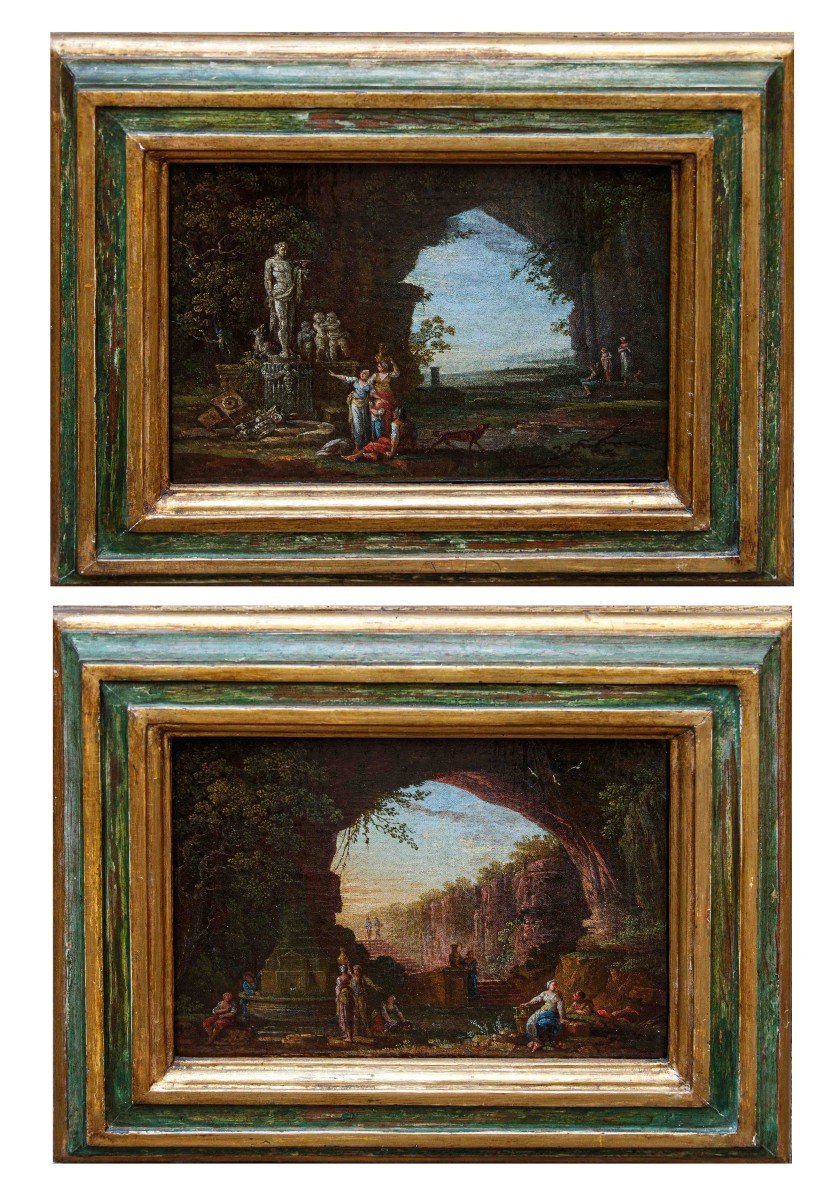
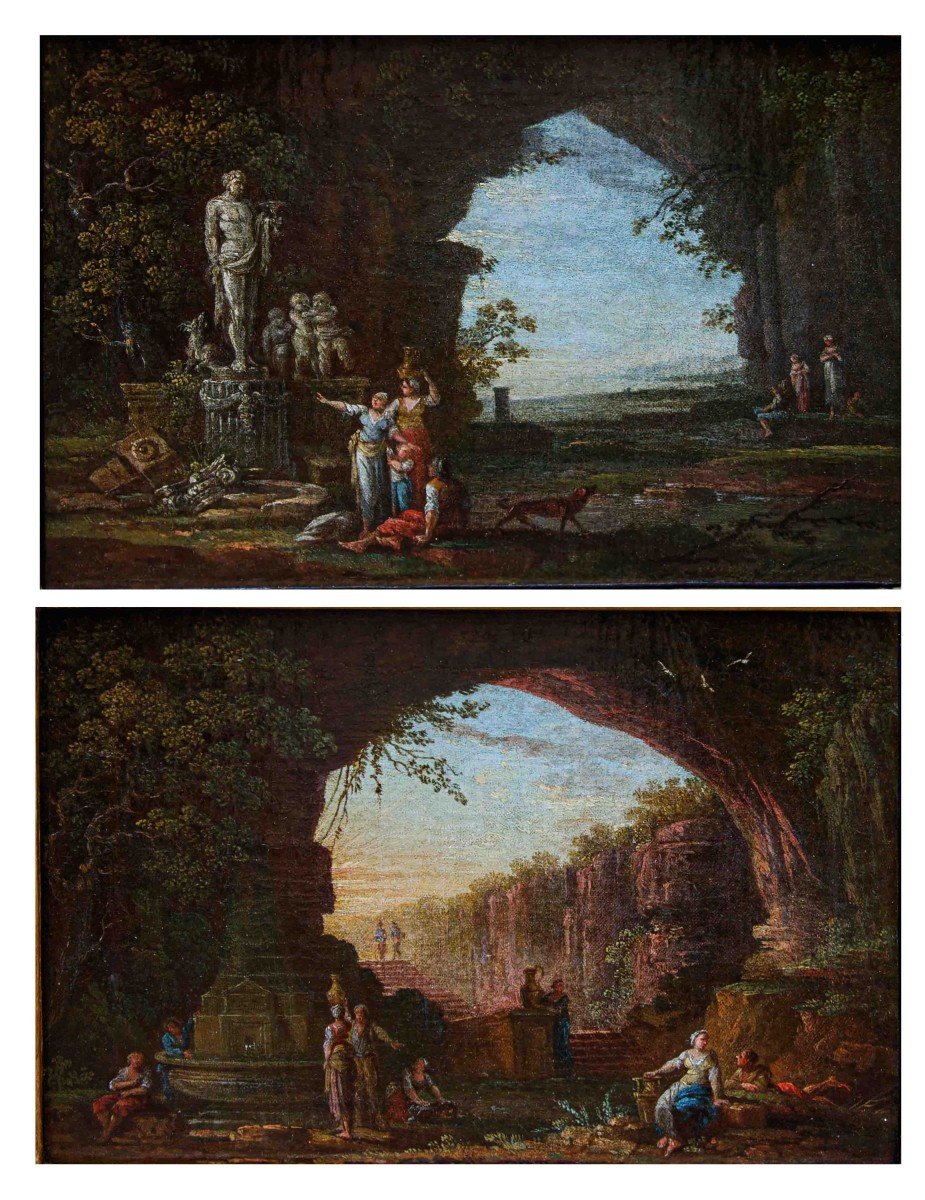
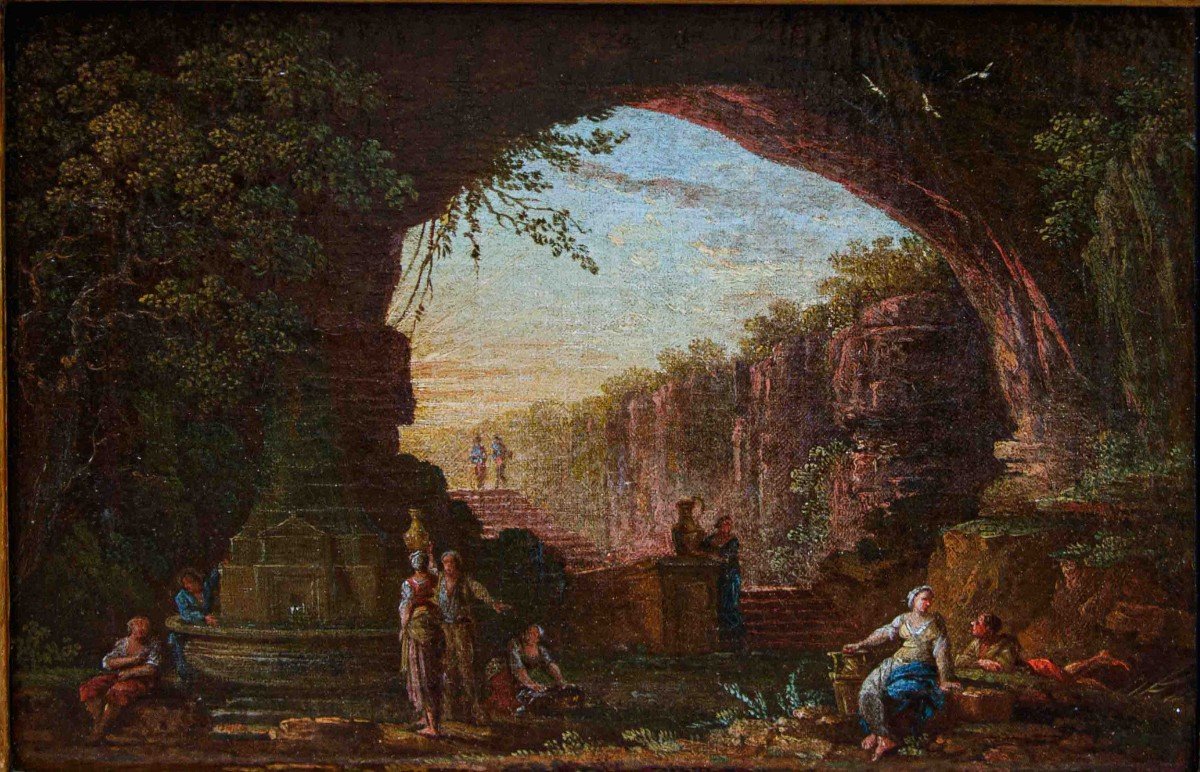
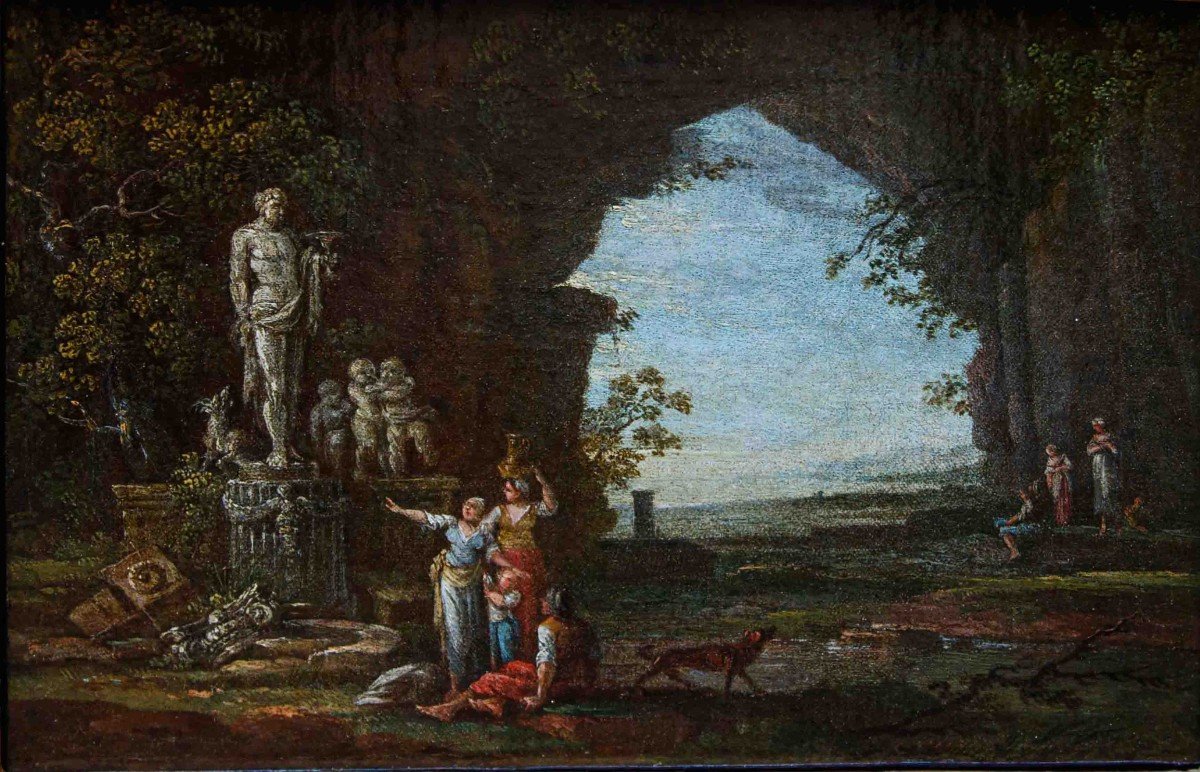
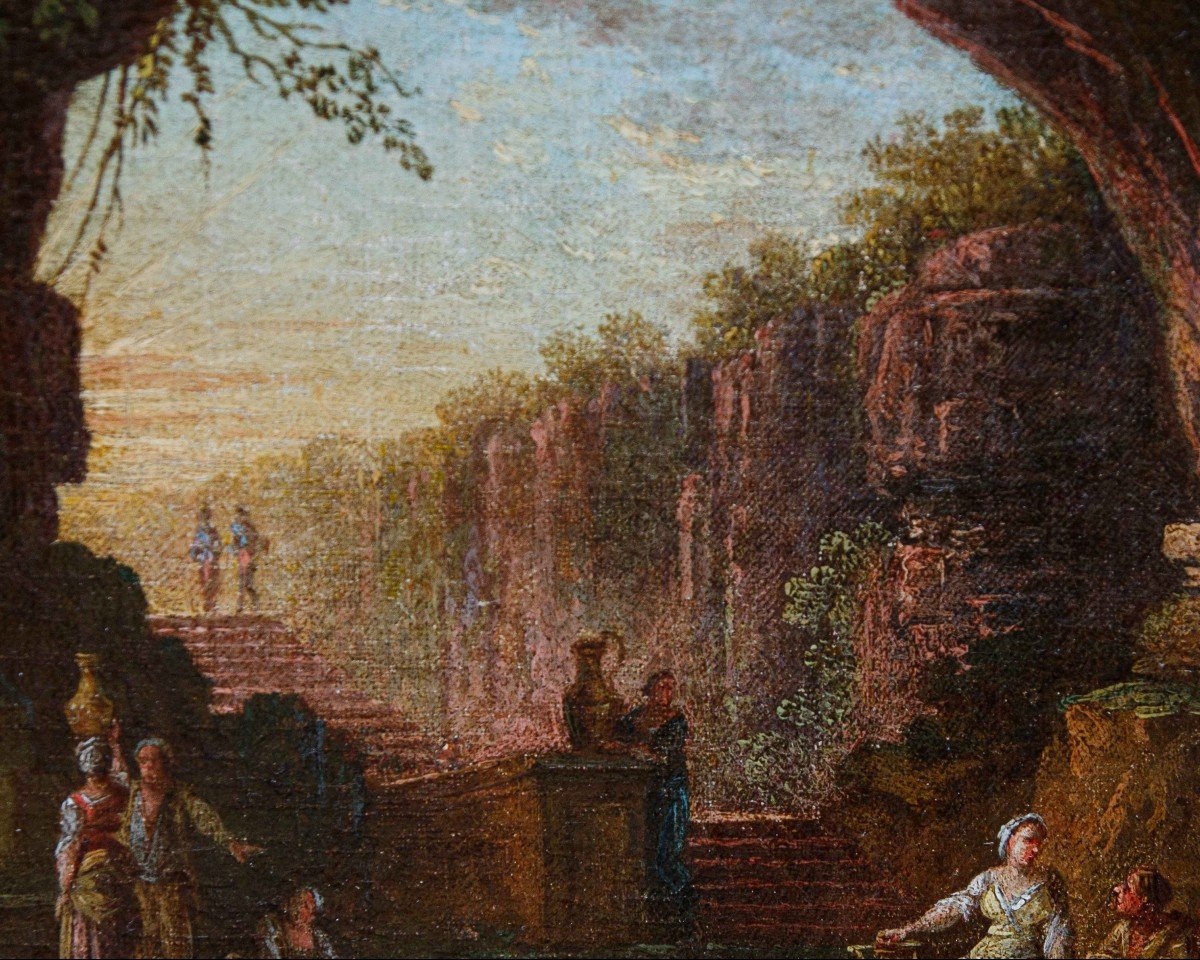
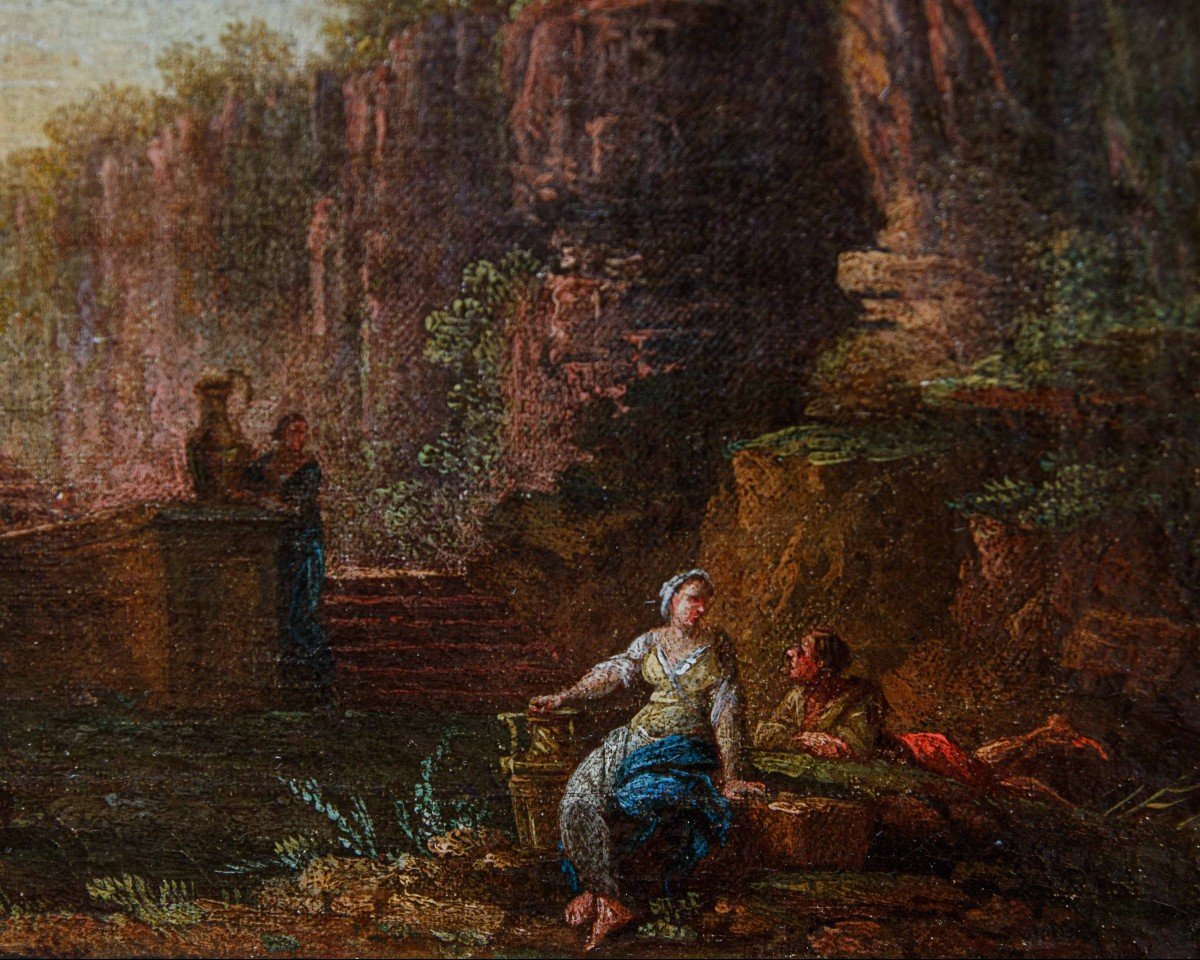
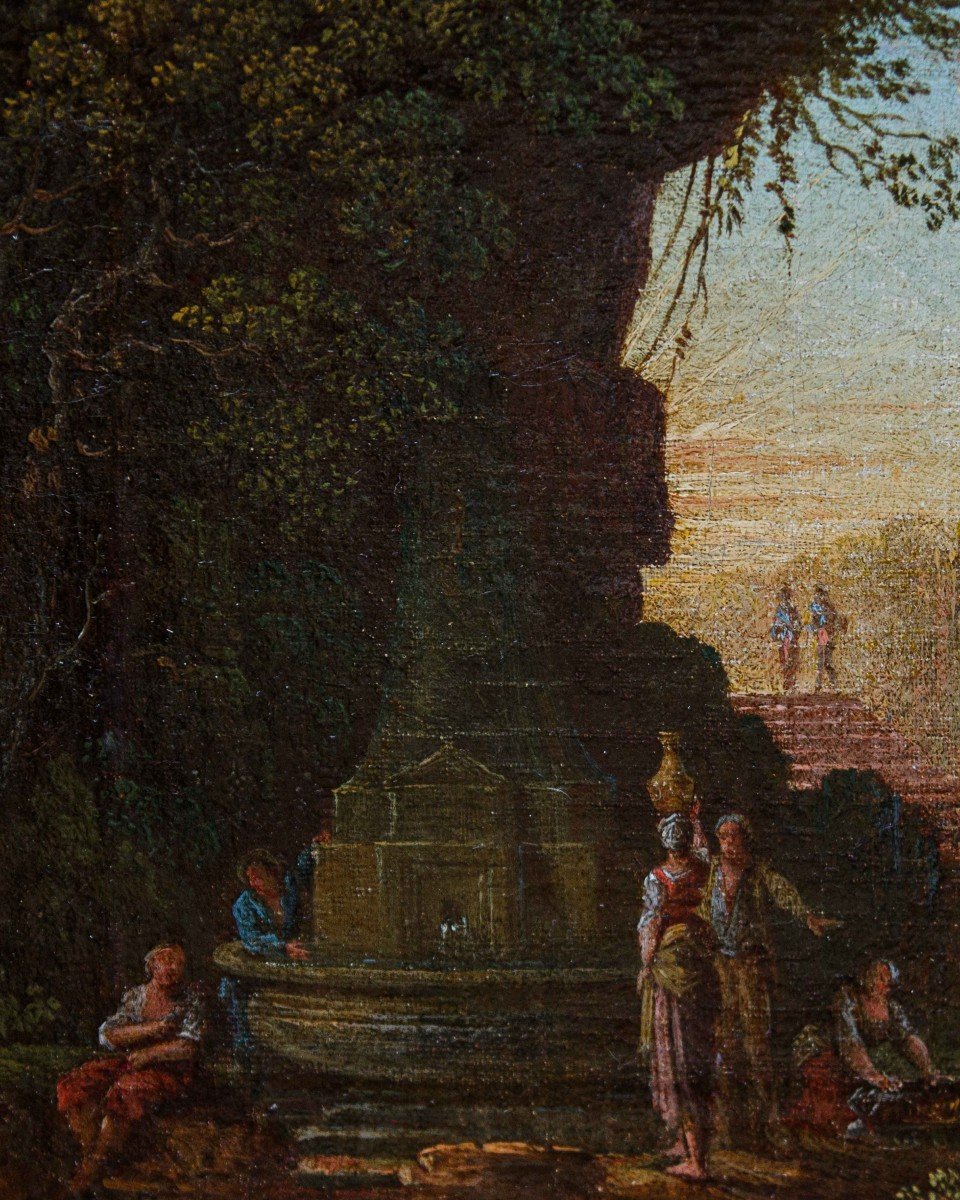
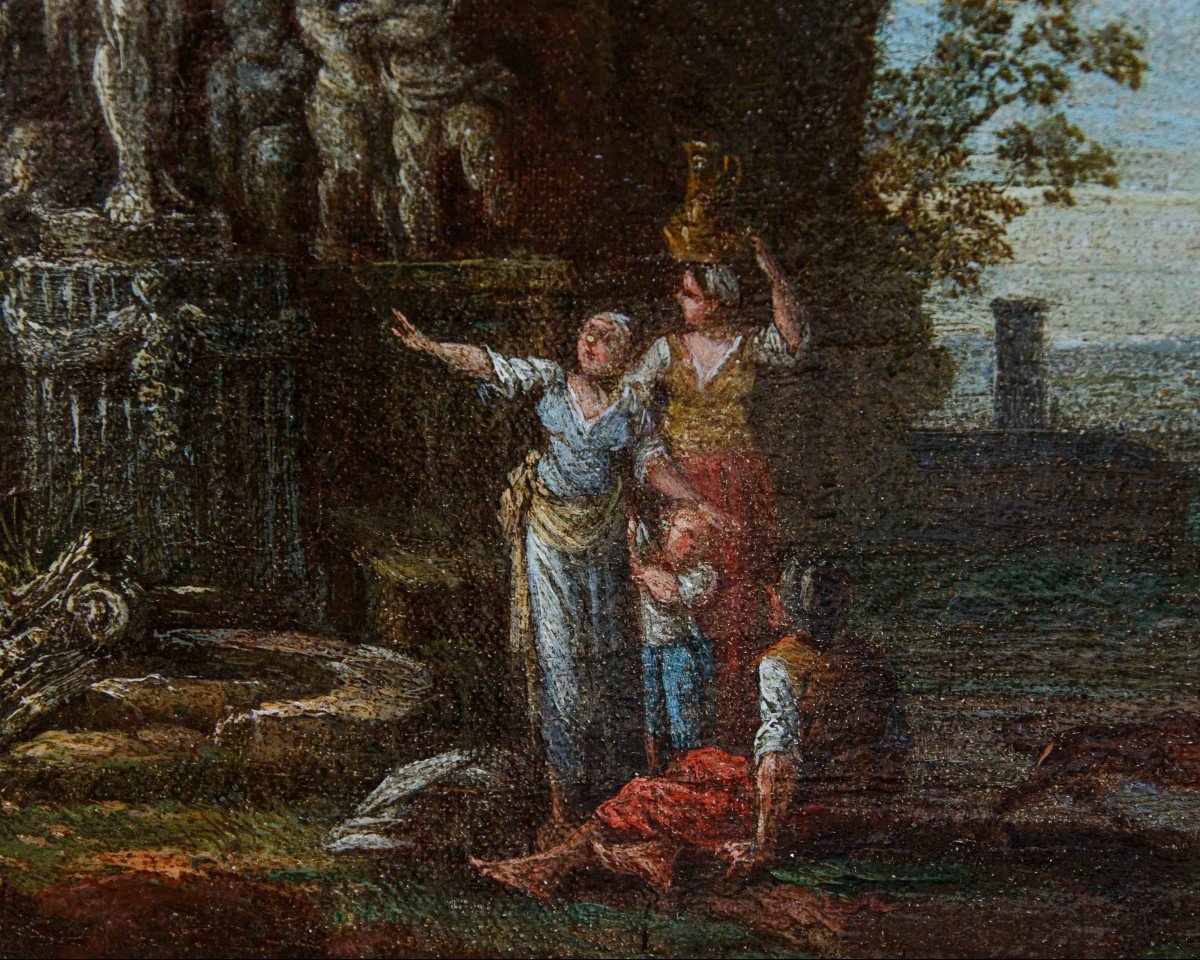
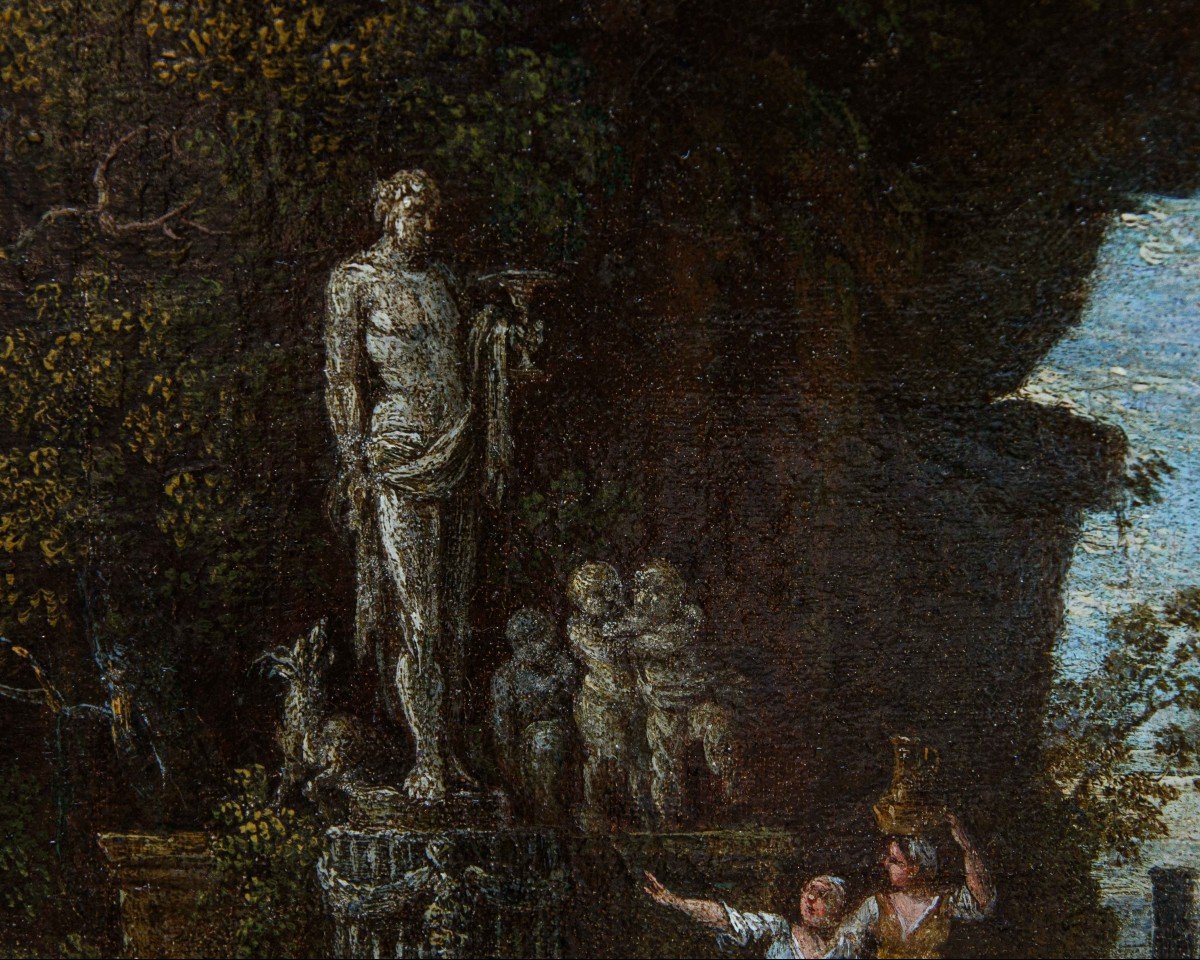
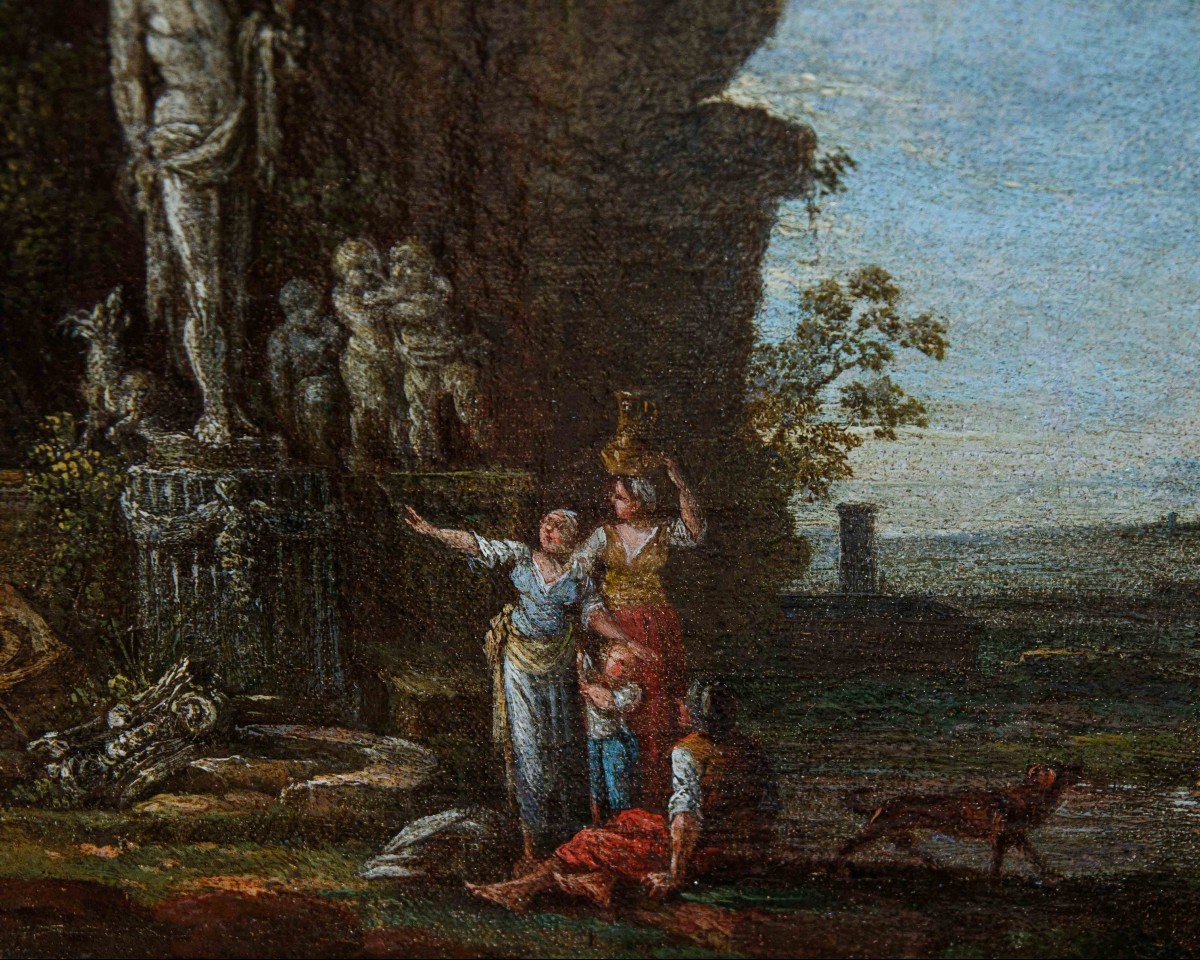
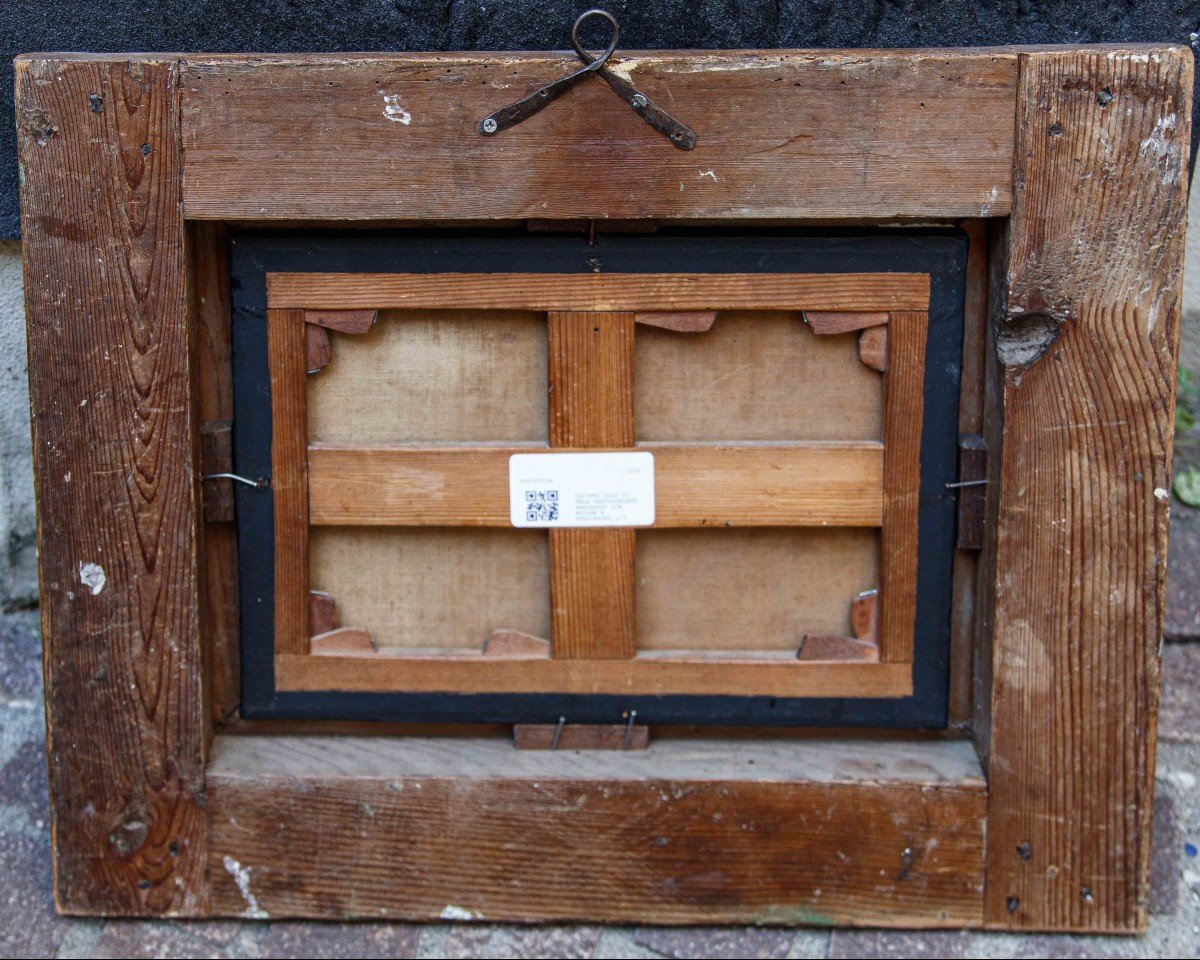
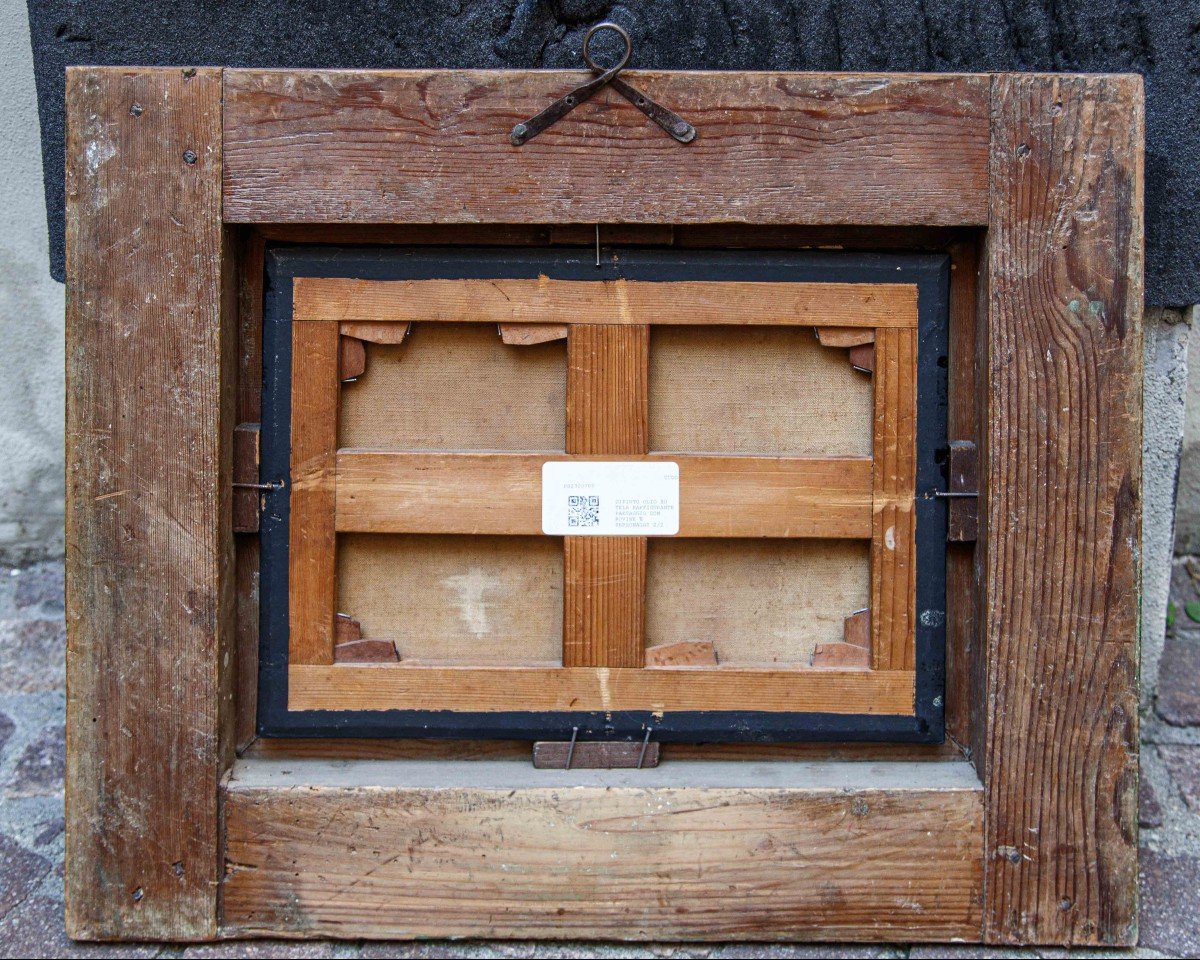













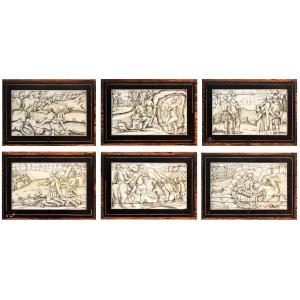

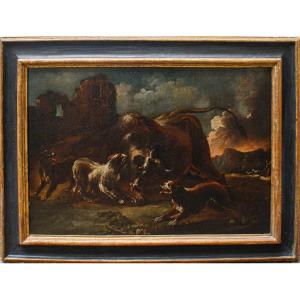


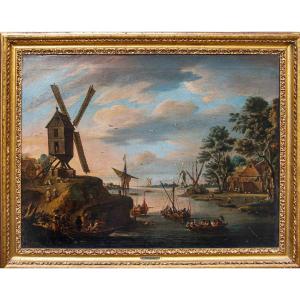



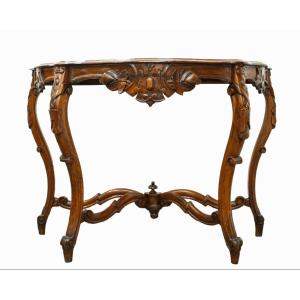





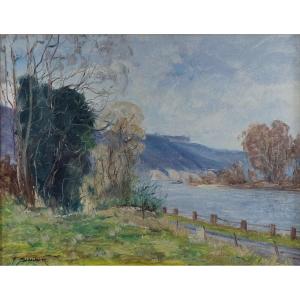



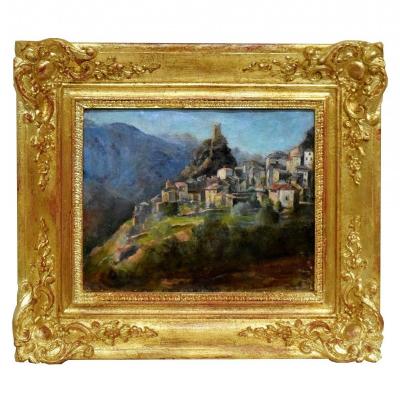



 Le Magazine de PROANTIC
Le Magazine de PROANTIC TRÉSORS Magazine
TRÉSORS Magazine Rivista Artiquariato
Rivista Artiquariato